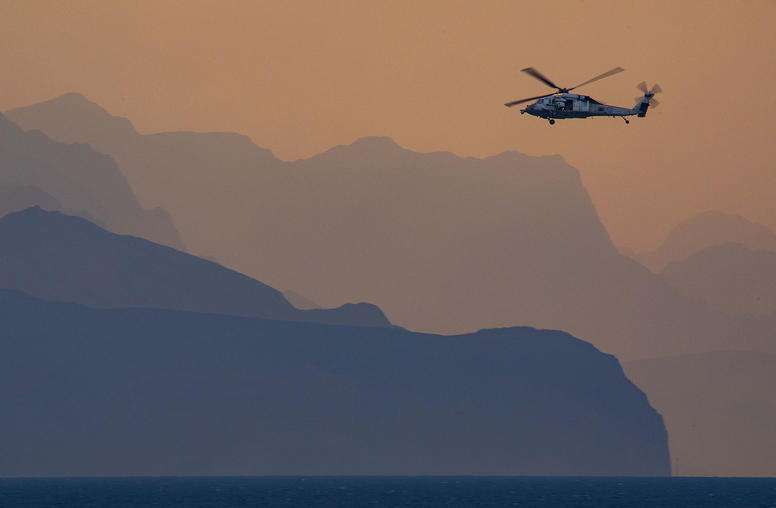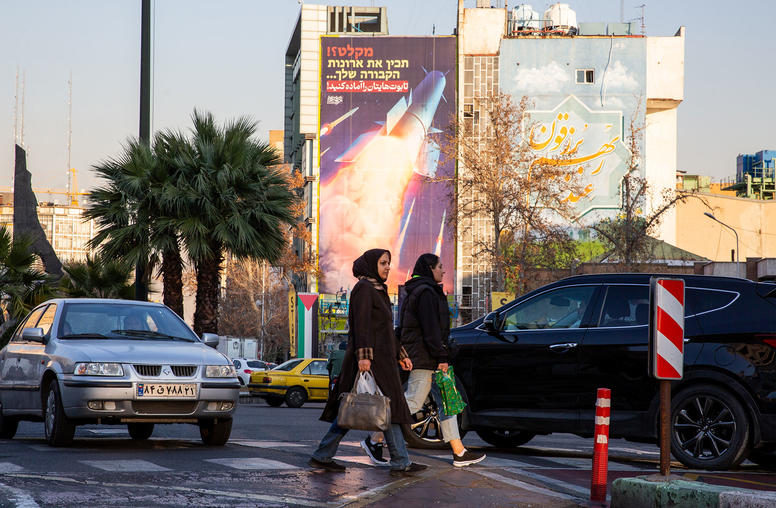Iran’s Pivotal Presidential Election
Iran’s June 18 presidential election could mark the most important political transition in more than 30 years. The new president is likely to be in power when the next supreme leader is selected — and Ayatollah Khamenei’s ascension to supreme leader in 1989 while serving as president created an informal precedent. The list of seven approved candidates — out of almost 600 who registered to run, including 40 women — is heavily frontloaded with five hardliners, or “principlists,” loyal to rigid revolutionary ideals. The other two, a centrist and a reformist, are considered dark horses, but Iranian voters have been known to surprise even when presented with a limited slate.
A majority of Iranian voters were born after the 1979 revolution. One of the looming questions for this election is just how people many will vote — and what turnout will say about public support for the regime. The election intersects with critical negotiations between Iran and the world’s six major powers over the future of the JCPOA nuclear deal. Iran’s next president will set policy for years to come on foreign relations, including talks with the outside world on its nuclear and missile programs as well as on domestic affairs and the economy, which have been stifled by economic sanctions and the COVID-19 pandemic.
On June 22, USIP and the Wilson Center hosted a discussion with experts on the election results; the implications for Iran, the Middle East and the United States; and how the new Iranian president will fare with the Biden administration.
Continue the conversation on Twitter with #IranElectionResults.
Speakers
James F. Jeffrey, moderator
Chair, Middle East Program, Woodrow Wilson International Center for Scholars; former U.S. Ambassador to Iraq and Turkey; former Special Envoy to the Global Coalition to Defeat ISIS
Suzanne Maloney
Vice President and Director of Foreign Policy, Brookings Institution
Ali Vaez
Senior Adviser to the President & Iran Project Director, International Crisis Group
Robin Wright
USIP-Wilson Center Distinguished Fellow; Author and Columnist for The New Yorker



